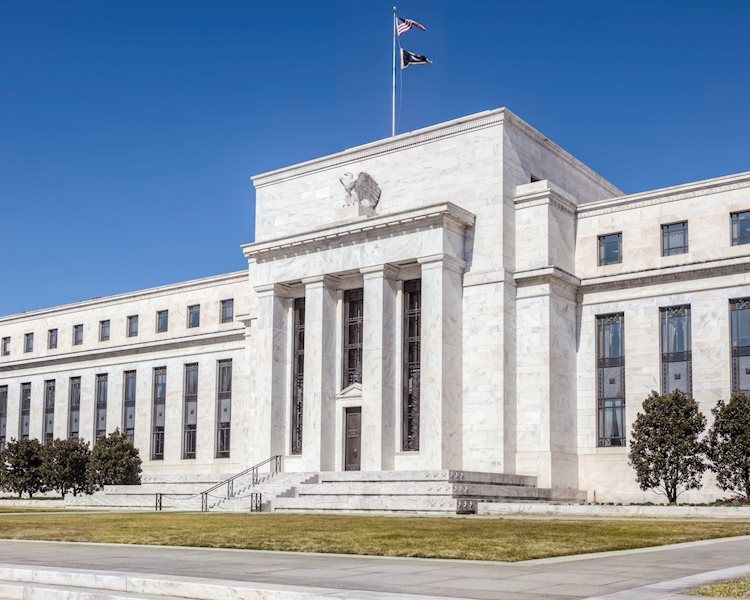Federal Reserve (Fed) Governor Lisa Cook said on Thursday that she endorsed the 50 basis points (bps) interest rate cut last week as a way to address increased “downside risks” to employment, per Reuters.
Key quotes
“I wholeheartedly supported the decision.“
”That decision reflected growing confidence that, with an appropriate recalibration of our policy stance, the solid labor market can be maintained in a context of moderate economic growth and inflation continuing to move sustainably down to our target.”
“In thinking about the path of policy moving forward, I will be looking carefully at incoming data, the evolving outlook, and the balance of risks.”
“As labor demand and supply are now more evenly balanced, it may become more difficult for some individuals to find employment.”
“The return to balance in the labor market between supply and demand, as well as the ongoing return toward our inflation target, reflects the normalization of the economy after the dislocations of the pandemic.”
”This normalization, particularly of inflation, is quite welcome, as a balance between supply and demand is essential for sustaining a prolonged period of labor-market strength.”
Market reaction
The US Dollar Index (DXY) is trading 0.02% higher on the day at 100.58, as of writing.
Fed FAQs
Monetary policy in the US is shaped by the Federal Reserve (Fed). The Fed has two mandates: to achieve price stability and foster full employment. Its primary tool to achieve these goals is by adjusting interest rates. When prices are rising too quickly and inflation is above the Fed’s 2% target, it raises interest rates, increasing borrowing costs throughout the economy. This results in a stronger US Dollar (USD) as it makes the US a more attractive place for international investors to park their money. When inflation falls below 2% or the Unemployment Rate is too high, the Fed may lower interest rates to encourage borrowing, which weighs on the Greenback.
The Federal Reserve (Fed) holds eight policy meetings a year, where the Federal Open Market Committee (FOMC) assesses economic conditions and makes monetary policy decisions. The FOMC is attended by twelve Fed officials – the seven members of the Board of Governors, the president of the Federal Reserve Bank of New York, and four of the remaining eleven regional Reserve Bank presidents, who serve one-year terms on a rotating basis.
In extreme situations, the Federal Reserve may resort to a policy named Quantitative Easing (QE). QE is the process by which the Fed substantially increases the flow of credit in a stuck financial system. It is a non-standard policy measure used during crises or when inflation is extremely low. It was the Fed’s weapon of choice during the Great Financial Crisis in 2008. It involves the Fed printing more Dollars and using them to buy high grade bonds from financial institutions. QE usually weakens the US Dollar.
Quantitative tightening (QT) is the reverse process of QE, whereby the Federal Reserve stops buying bonds from financial institutions and does not reinvest the principal from the bonds it holds maturing, to purchase new bonds. It is usually positive for the value of the US Dollar.
